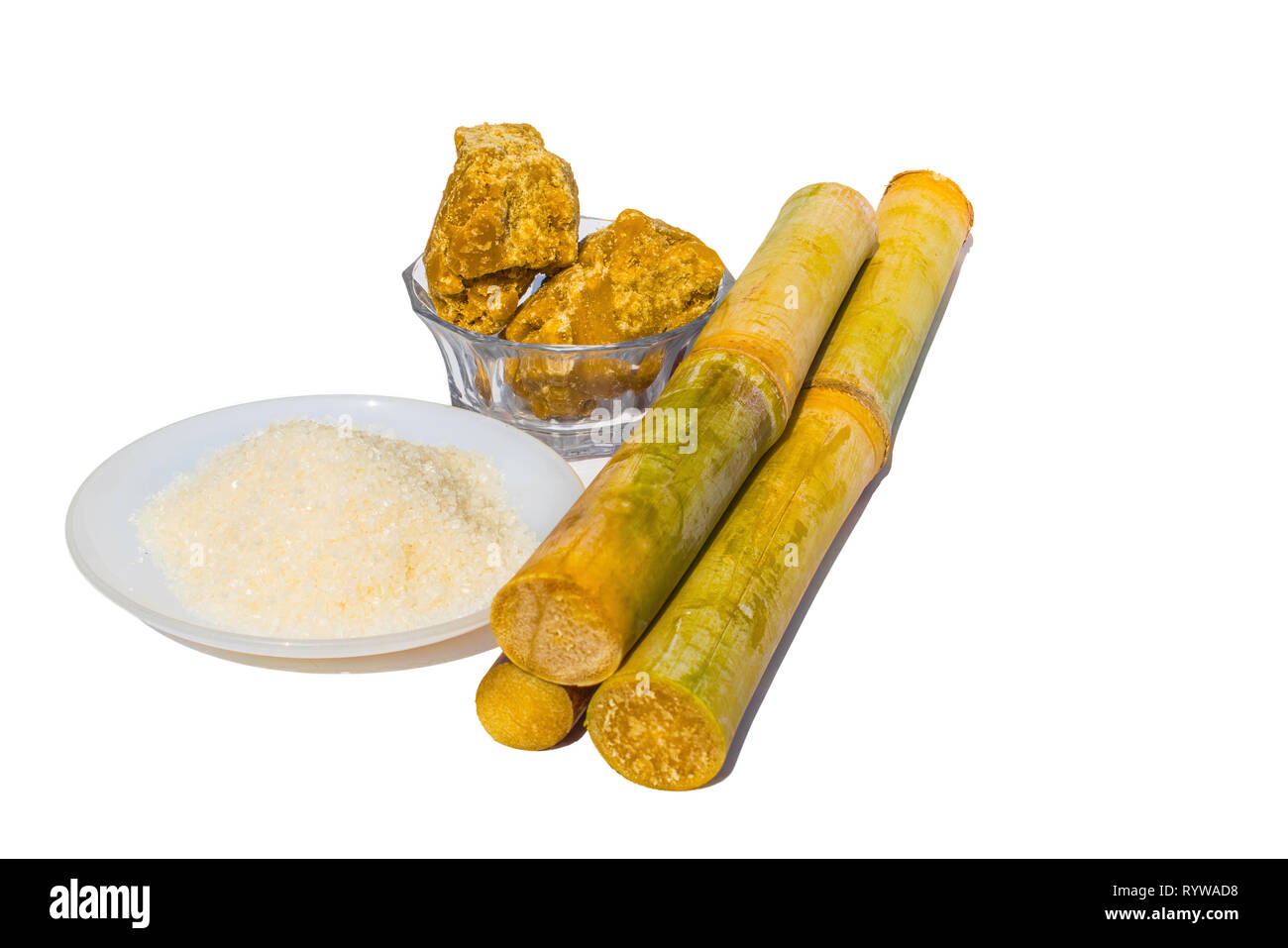How to Select the Best Sugarcane Product for Your Preferences
How to Select the Best Sugarcane Product for Your Preferences
Blog Article
The Journey of Sugarcane: From Harvest to Everyday Products
The trip of sugarcane is a complex procedure that begins with meticulous farming and culminates in a variety of items that permeate our daily lives. As we explore the numerous aspects of sugarcane's trip, its function in sustainability and the wider implications for our environment come right into sharper focus.
Cultivation of Sugarcane
The farming of sugarcane is a crucial agricultural procedure that calls for specific environmental conditions and monitoring methods. Optimum growth happens in exotic and subtropical areas where temperature levels vary between 20 ° C and 32 ° C. Adequate rains or watering is crucial, as sugarcane thrives in moist soil with well-drained conditions (sugarcane product). Dirt high quality substantially affects yield; hence, farmers frequently conduct soil examinations to determine nutrient requirements
This method facilitates reliable collecting and makes best use of sunlight direct exposure. Plant turning and intercropping are recommended practices to enhance soil fertility and reduce pest problems.
Timely application of these plant foods can considerably enhance sugar yields. Overall, effective sugarcane cultivation pivots on a mix of ecological stewardship, strategic planning, and continuous monitoring techniques.
Collecting Techniques
Successful sugarcane cultivation culminates in the collecting stage, which is crucial for making best use of return and making sure quality. The timing of the harvest is important; sugarcane is generally gathered when sucrose degrees top, generally between 10 to 18 months after growing. This duration varies based upon climate, dirt type, and sugarcane selection.
Collecting strategies can be extensively categorized right into guidebook and mechanical techniques. Manual harvesting is labor-intensive, counting on proficient workers that make use of machetes to cut the stalks short. This technique permits discerning harvesting, where just the ripest walking sticks are selected, consequently improving general sugar material.
On the other hand, mechanical harvesting has actually gained appeal due to its efficiency and cost-effectiveness. Specialized harvesters equipped with cutting knives and conveyor systems can refine big areas quickly, considerably minimizing labor prices. This strategy might lead to the addition of immature walking sticks and a possible decrease in sugar quality.

Despite the approach used, making sure that gathered canes are transported quickly to processing facilities is essential. Trigger handling minimizes spoilage and preserves the honesty of the sugarcane, establishing the phase for ideal processing.
Handling Methods
Handling sugarcane involves several critical actions that transform the collected stalks into usable items, mainly sugar and molasses. The initial phase is cleaning the walking stick to remove dirt and particles, followed by the extraction of juice with crushing or milling. This procedure commonly employs hefty rollers that break the walking stick fibers to launch the wonderful liquid consisted of within.
When the juice is extracted, it undertakes information, where impurities such as dirt particles and bagasse are gotten rid of. This is frequently achieved by adding lime and heating the juice, permitting sedimentation. The clarified juice is then focused through evaporation, where water material is reduced, leading to a thick syrup.

Eventually, the handling of sugarcane not only generates sugar and molasses yet likewise lays the foundation for different by-products, which will certainly be explored in succeeding conversations.
Products Derived From Sugarcane
Sugarcane is a flexible plant that yields a broad array of items past simply sugar and molasses. Among try this the main byproducts are ethanol and biofuels, which have actually acquired prominence as renewable resource resources. Ethanol, produced through the fermentation of sugarcane juice, functions as a different to fossil gas and is typically combined with fuel to produce cleaner-burning gas, minimizing greenhouse gas exhausts.
In addition, sugarcane is a considerable source of bagasse, the coarse deposit continuing to be after juice removal. Bagasse is utilized in different applications, including the manufacturing of paper, biodegradable product packaging, and as a biomass gas for energy generation. Its use not just decreases waste but also enhances the sustainability of sugarcane processing.
Moreover, sugarcane-derived items encompass the food market, where it functions as an all-natural flavoring representative and sweetener in different culinary applications. In the world of cosmetics, sugarcane essences are integrated into skincare products as a result of their all-natural exfoliating residential or commercial properties.
Ecological Impact and Sustainability
The farming and processing of sugarcane have considerable ramifications for environmental sustainability. This crop requires significant water resources, commonly bring about deficiency of local water materials and impacting bordering ecological communities. In addition, using plant foods and chemicals in sugarcane farming can cause dirt destruction and waterway pollution, posing threats to biodiversity.

Sustainable sugarcane farming additionally advertises soil health and wellness through plant turning and decreased husbandry, boosting carbon sequestration. The adoption of these methods not just sustains environmental stability however also improves the resilience of farming communities against climate change.
Conclusion
In summary, the journey of sugarcane includes various phases from farming to handling, inevitably causing a broad selection of products. The significance of sugarcane expands past mere sweeteners, adding to renewable power with ethanol production, sustainable packaging through bagasse, and natural extracts for cosmetics. This complex crop plays an important function in both dietary enrichment and ecological sustainability, highlighting its relevance in contemporary farming and commercial techniques.
Successful sugarcane farming culminates in the gathering stage, which is essential for taking full advantage of return and making certain top quality. The timing of the visit the site harvest is essential; sugarcane is commonly harvested when sucrose degrees top, generally between 10 to 18 months visit the site after planting.Processing sugarcane includes a number of important actions that change the harvested stalks right into usable products, mostly sugar and molasses.Sugarcane is a flexible plant that generates a wide array of items beyond just sugar and molasses. In addition, the usage of plant foods and chemicals in sugarcane farming can result in dirt deterioration and river air pollution, posturing risks to biodiversity.
Report this page